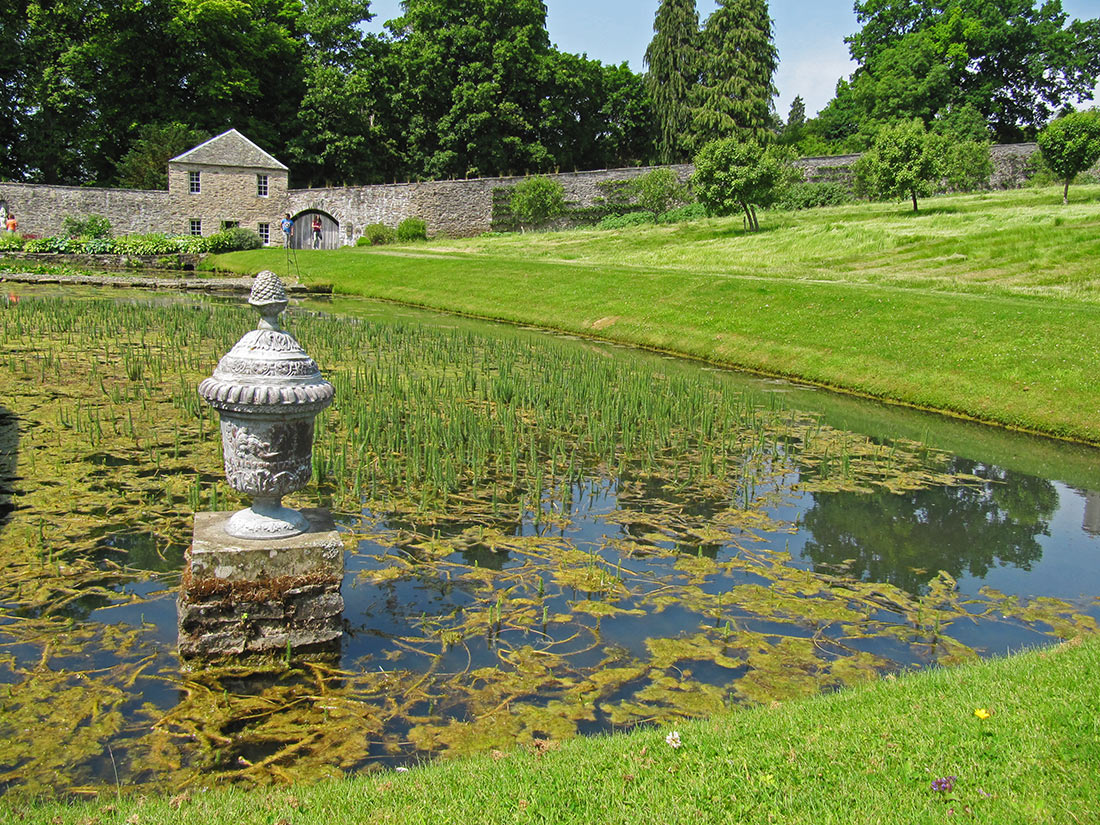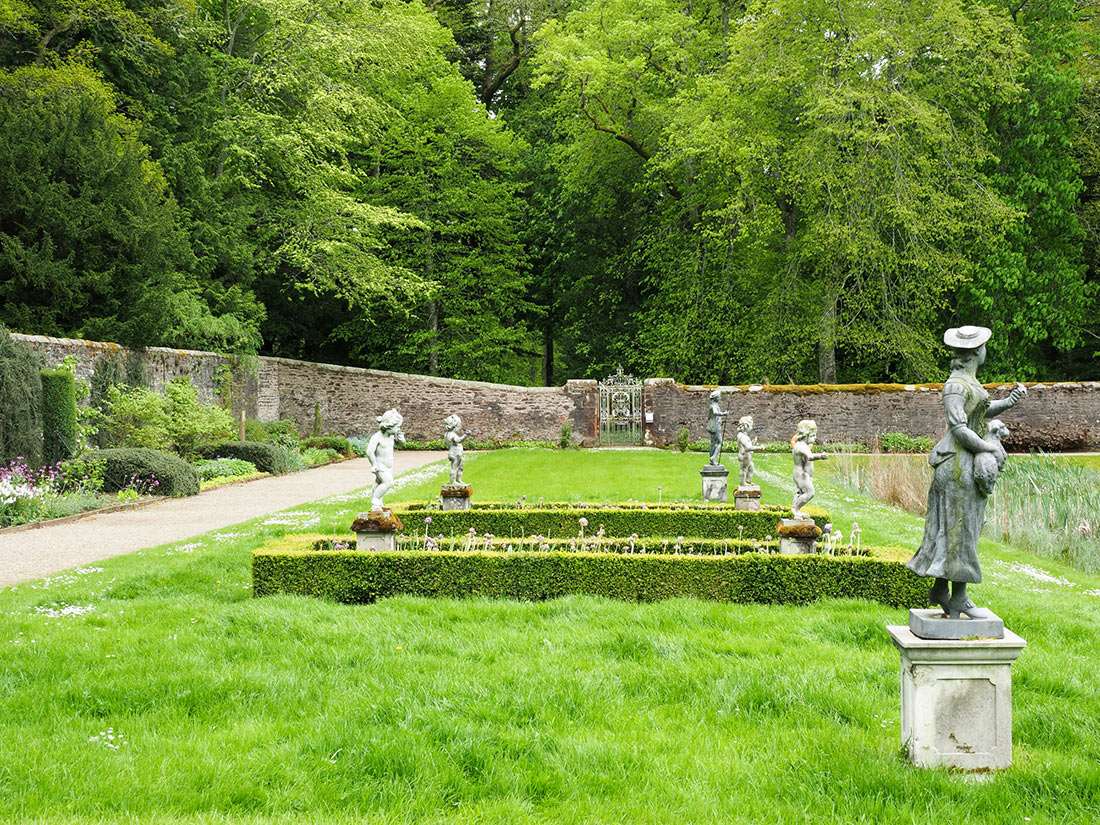Blair Castle is one of the most beautiful and unique castles in Scotland in the area of Perth and Kinross. Since its founding in 1269, it has belonged to nineteen generations of the same family – the Earls and Dukes of Atholl. Over the centuries, it has been repeatedly transformed, going from an impregnable fortress of the cold Middle Ages to a beautiful Georgian mansion and, finally, a Victorian castle in the baronial style.
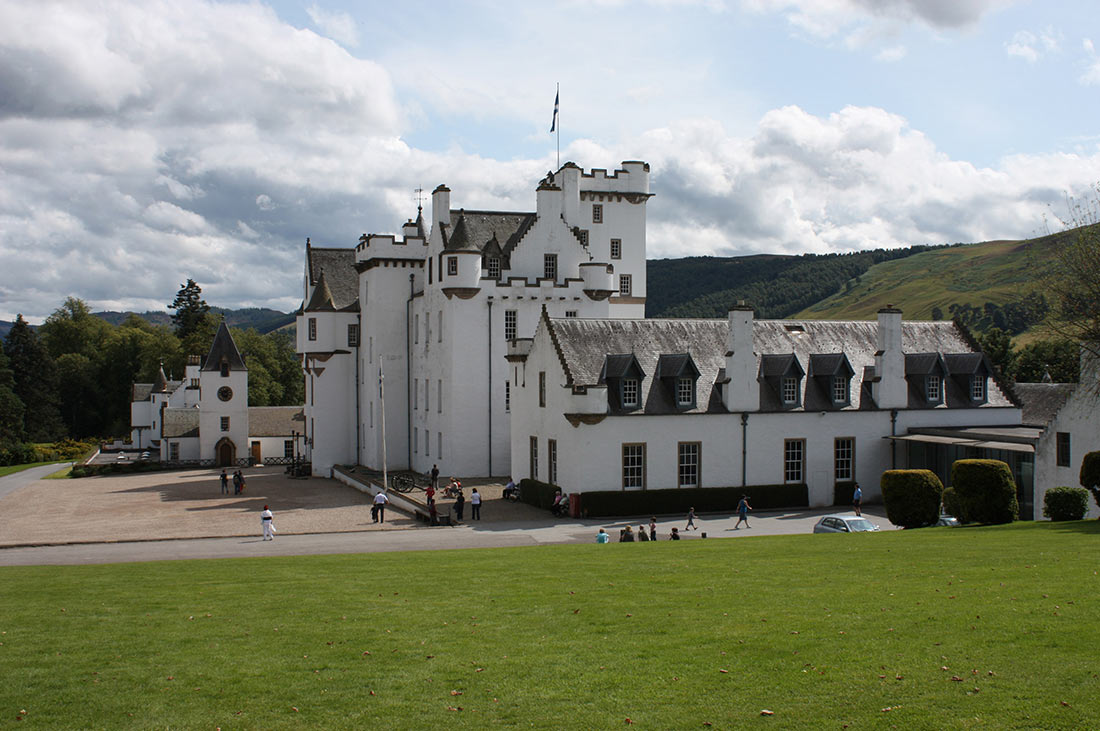
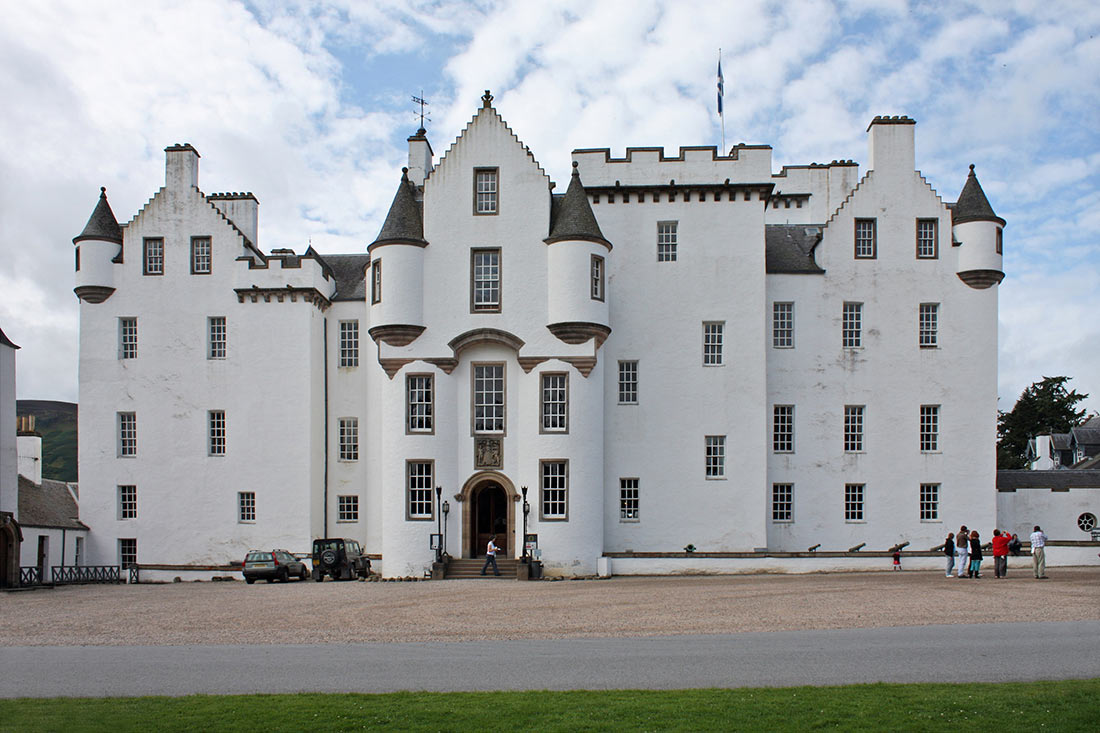
The earliest part of the current castle, known as the Comyn’s Tower, has survived from 1269. It was enlarged by the 3rd Earl in 1530 to form the Great Hall (today’s dining room) over a group of vaulted rooms below.

In 1652, the Roundheads, led by Cromwell, captured the castle and held it until the restoration of the monarchy in 1660. Like many Scottish families, the Stewarts were torn apart by the Jacobite uprisings. In 1715 the duke supported the government’s cause, but his son and heir followed Prince Charlie into exile. After 30 years, he returned, becoming one of the seven men from Moidart who helped launch the prince’s doomed bid for the crown.
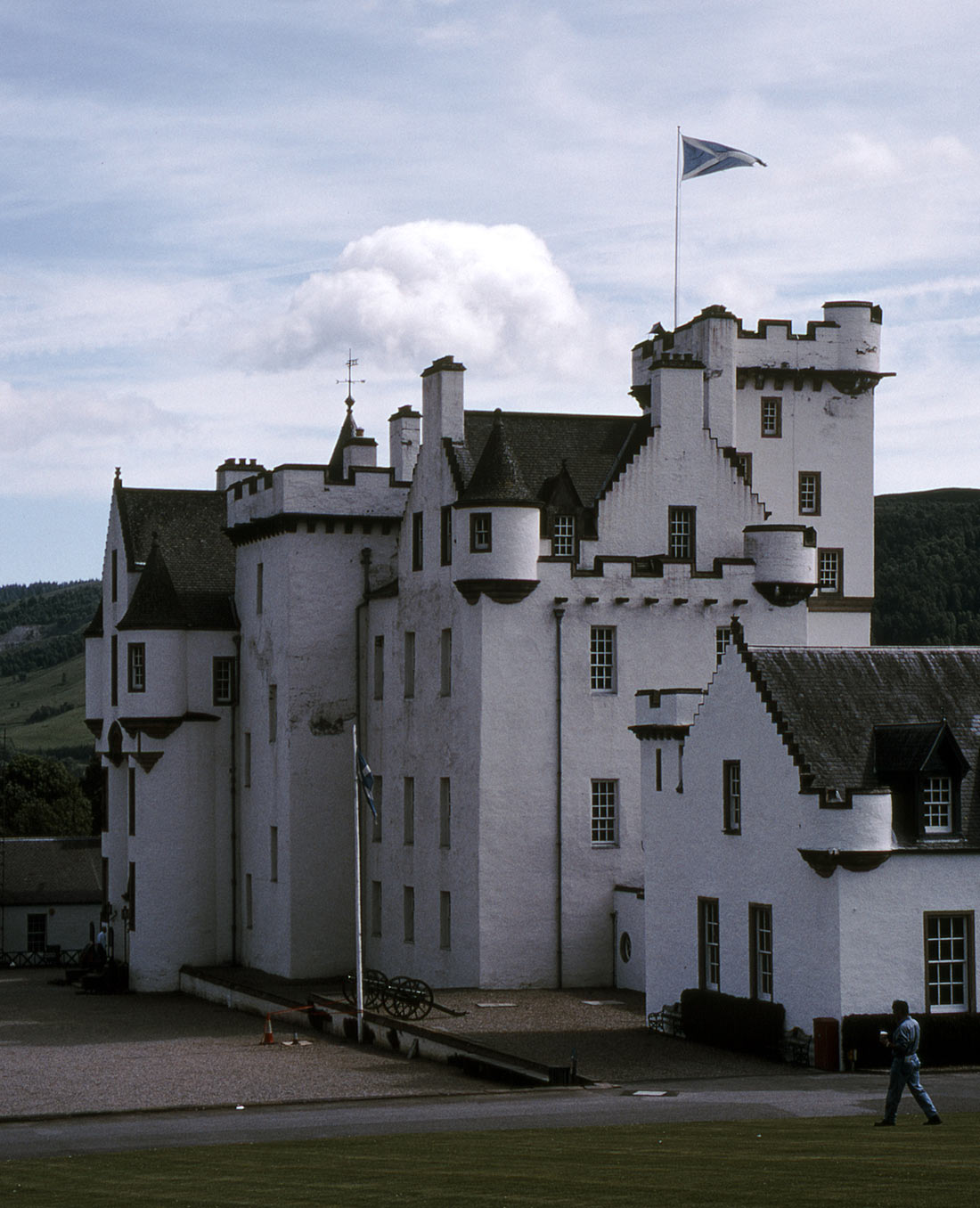
In 1740, the Second Duke began the transformation of the medieval castle into a Georgian house. He hired Thomas Clayton to decorate the interiors with some of the finest stucco work in Scotland, and commissioned furniture for the rooms from Scotland’s most famous cabinet-makers.
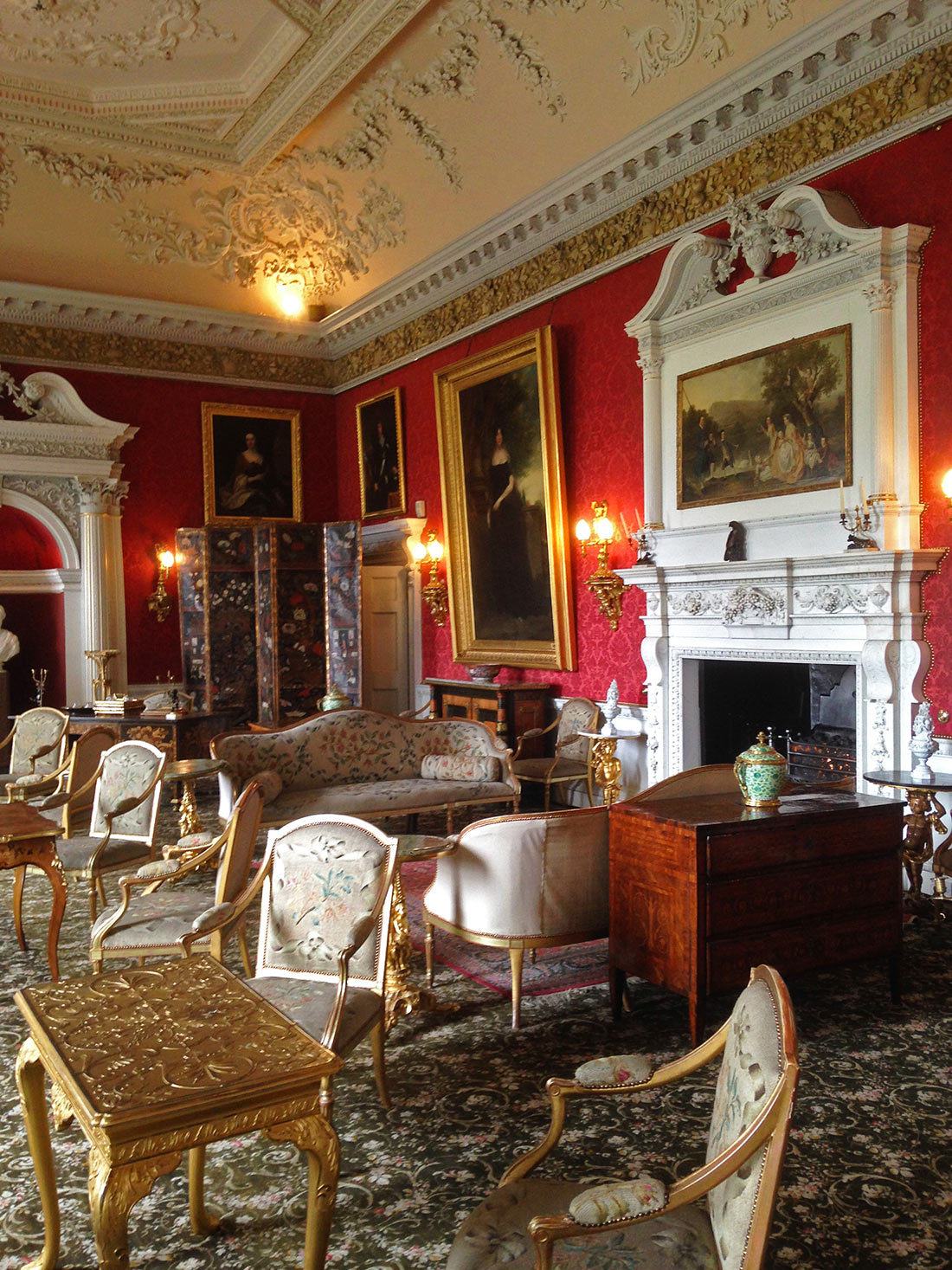
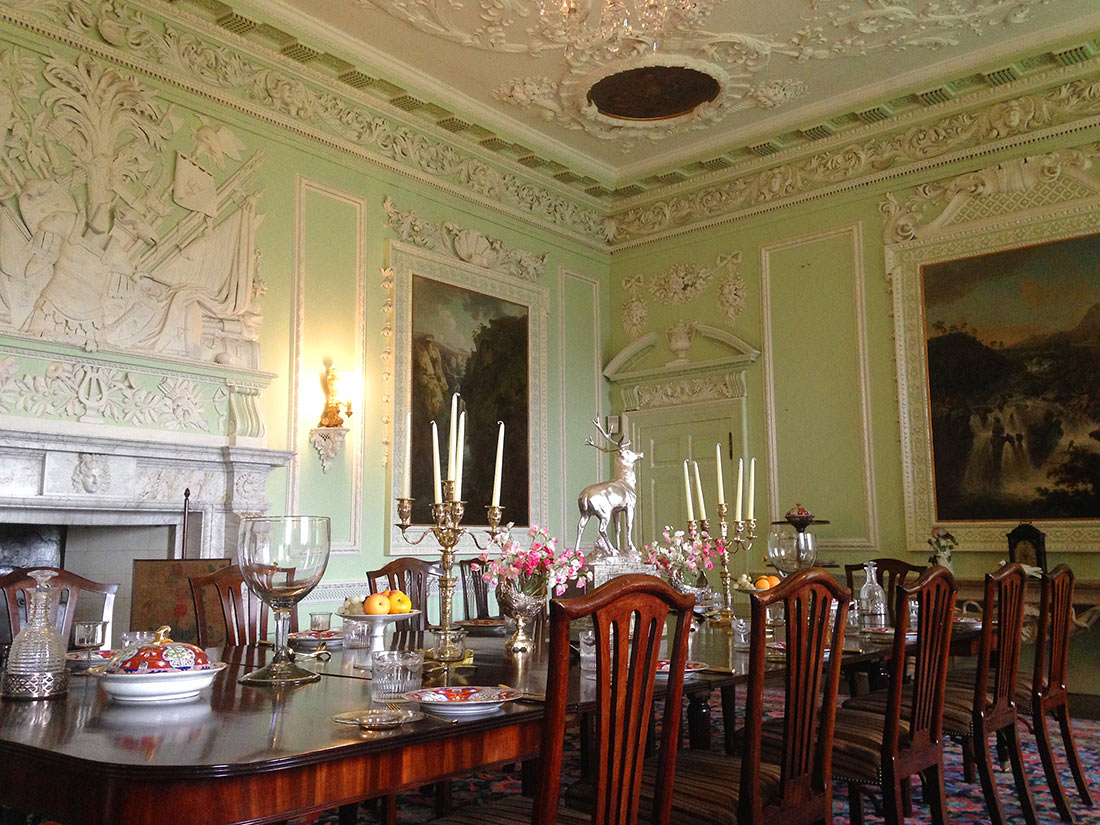
In the 1860s and 70s, following the growing popularity of Scottish baronial architecture, the 7th Duke commissioned Edinburgh architects David Bryce and William Burn to remodel the castle’s exterior. The battlements and towers, removed during the Georgian period, were restored, new gates were erected, a new vestibule was built, and a ballroom was added. But the improvements did not end there: the newest benefits of civilization appeared in Blair Castle – bathrooms, telephone and gas.
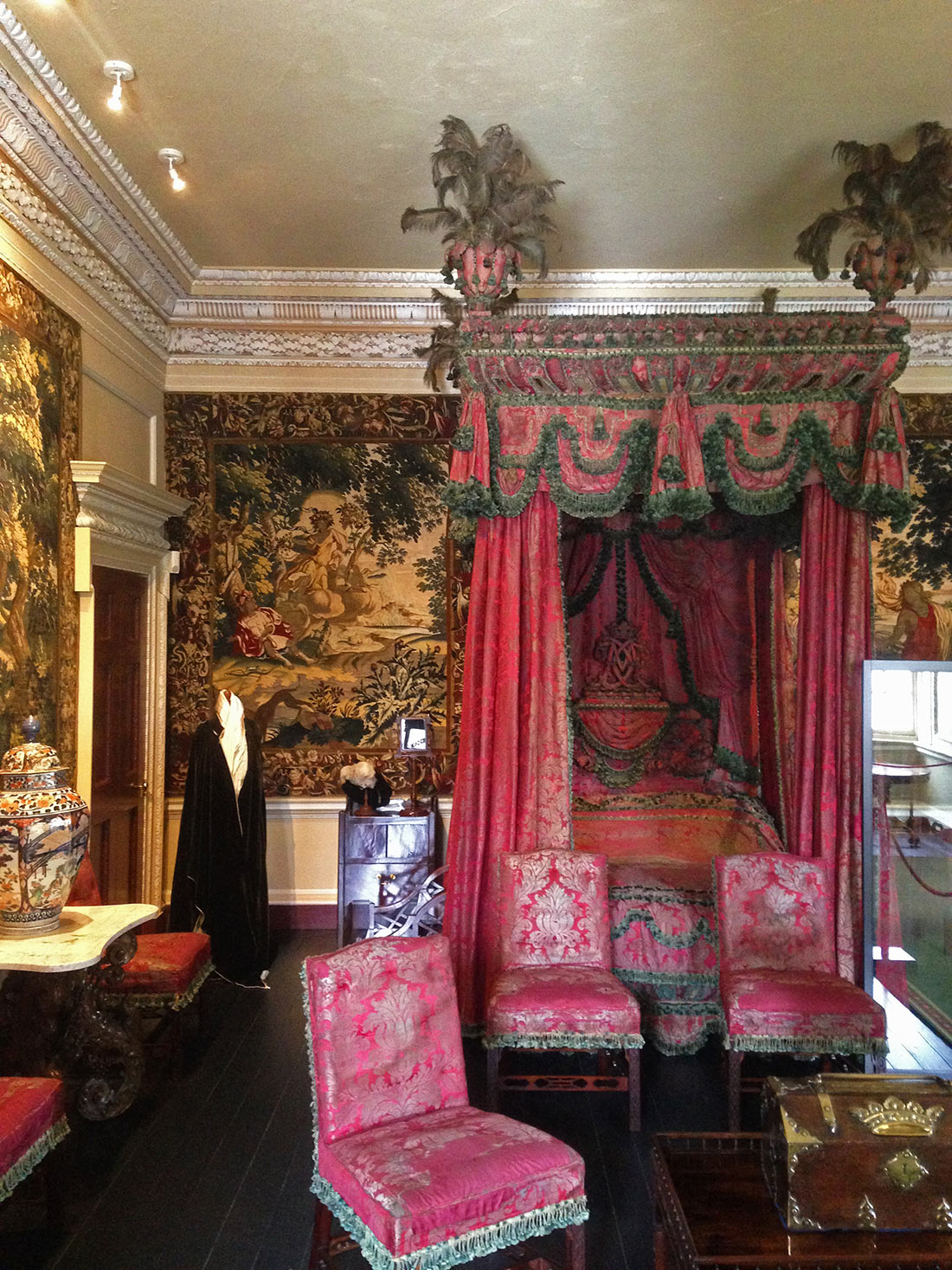
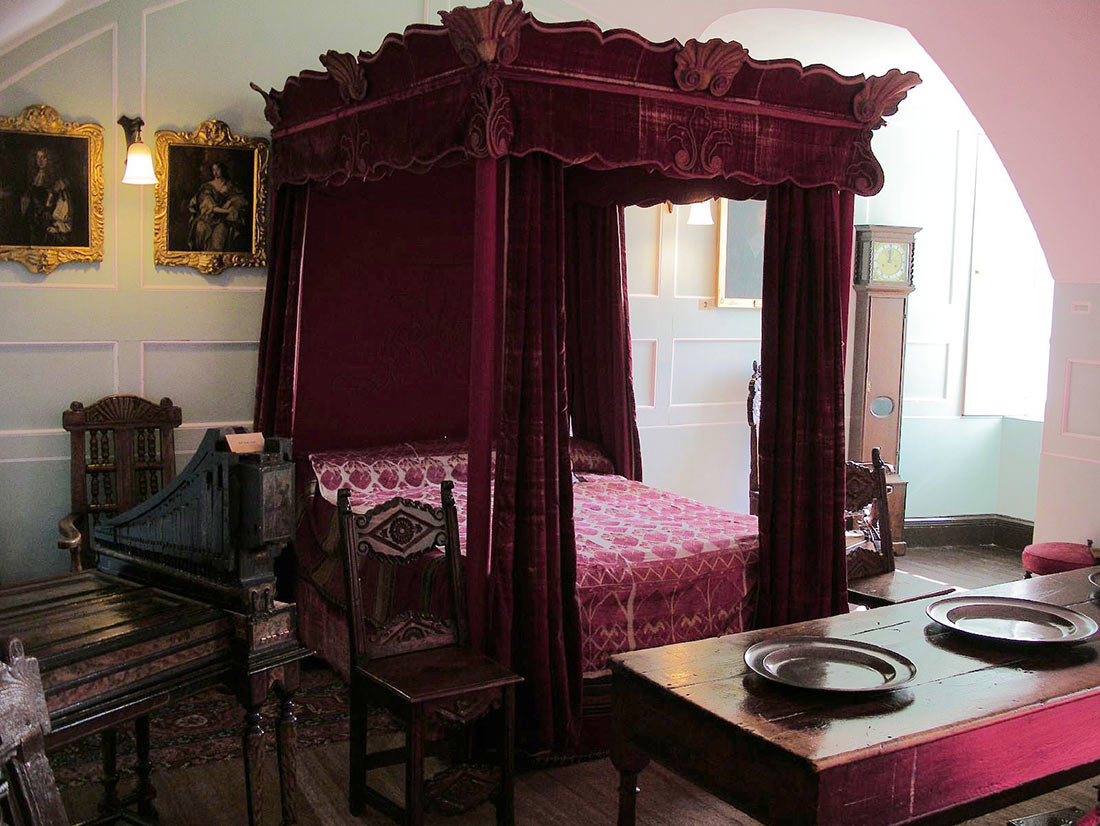
During the WWI Blair Castle was used as an auxiliary hospital, and from 1922 it became more convenient for the family to live in private apartments.
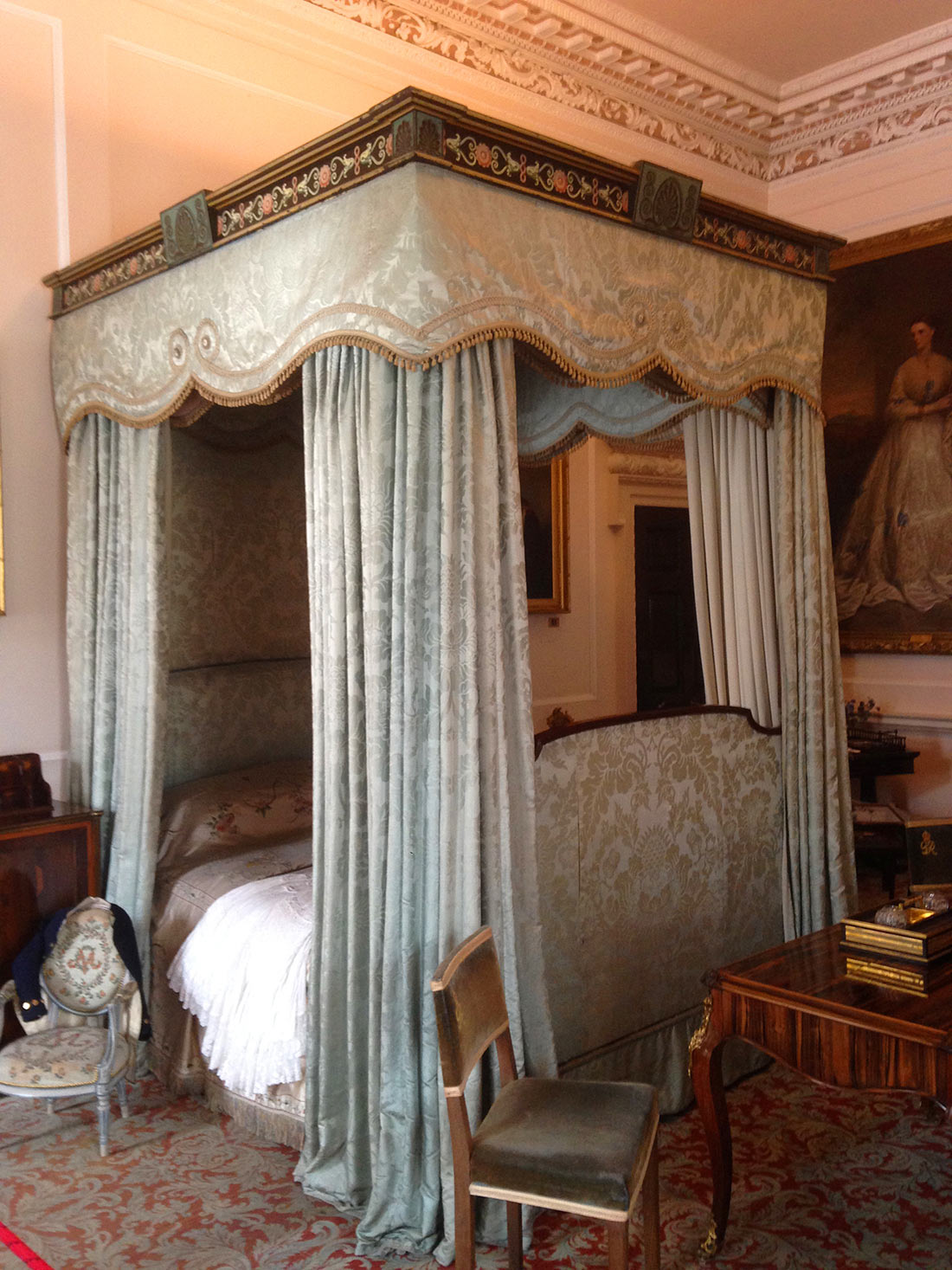
Today, more than 30 rooms are open to visitors. They’re literally filled with the history of Scottish culture and architectural design, antique furniture, family portraits and a colorful military past. Of particular note are the Victorian ballroom, which is adorned with 175 pairs of horns, the vestibule displaying the weapons used in the Battle of Culloden, the classic Georgian staircase, and the splendor of the drawing room and grand dining room.
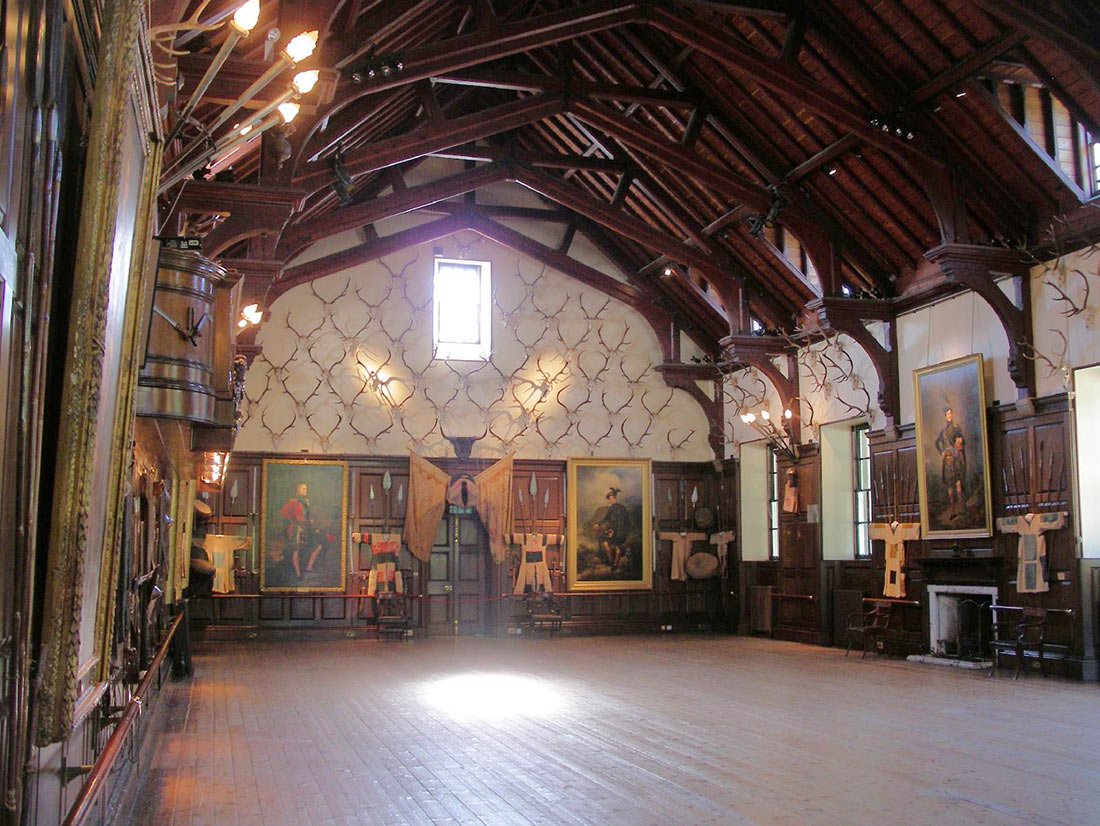
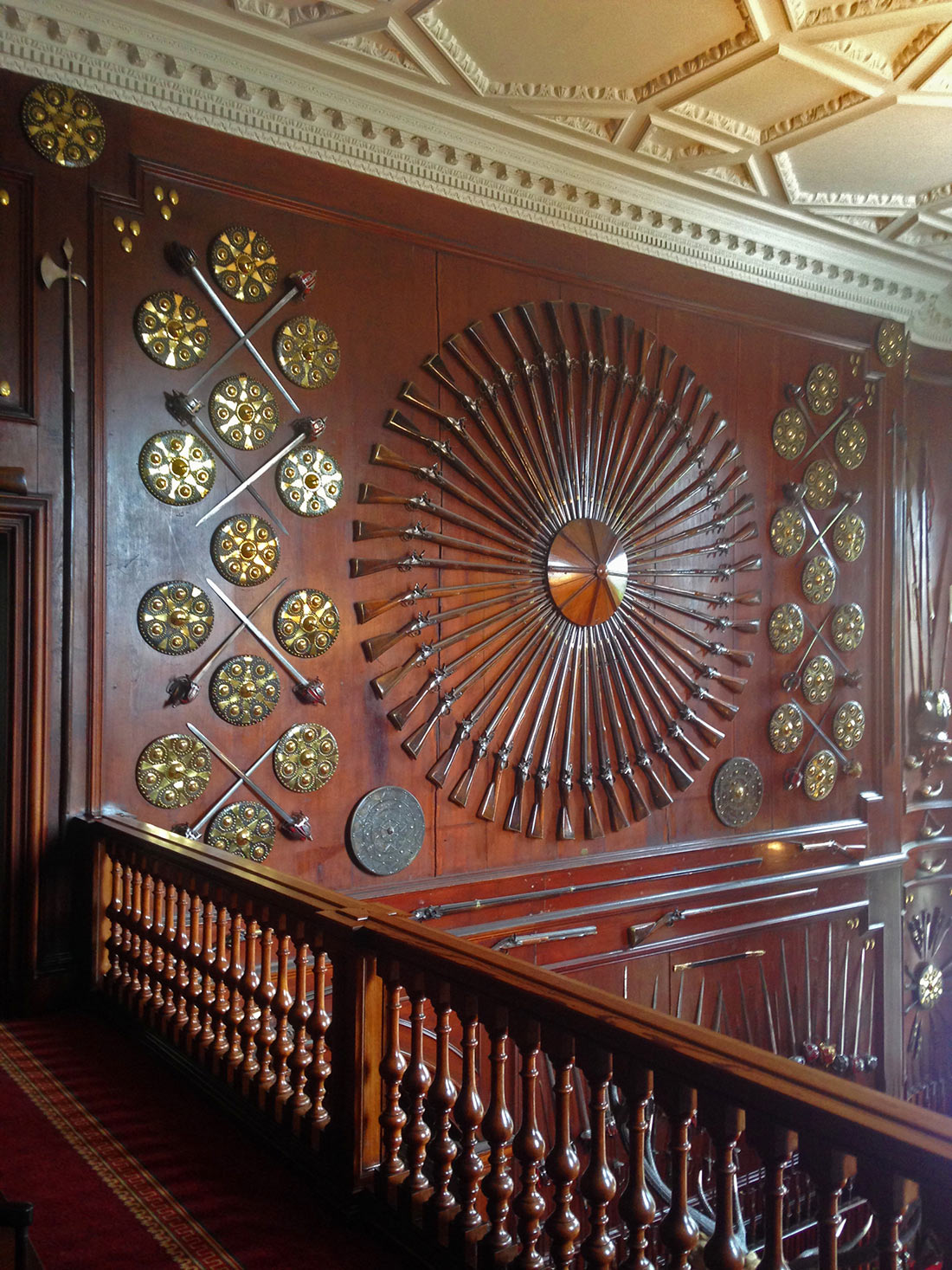
The complex has a magnificent walled garden, recently restored to its original Georgian style. There are fruit trees, vegetable patches, gothic madness, a Chinese bridge and an 18th-century sculpture path. Near the ruins of the church that became the final resting place of Jacobite leader Bonnie Dundee, lies a quiet grove with some of the tallest and most beautiful trees in Britain. During the walk, you can observe the local wildlife and enjoy scenic views, while young visitors can explore the playground and park.
